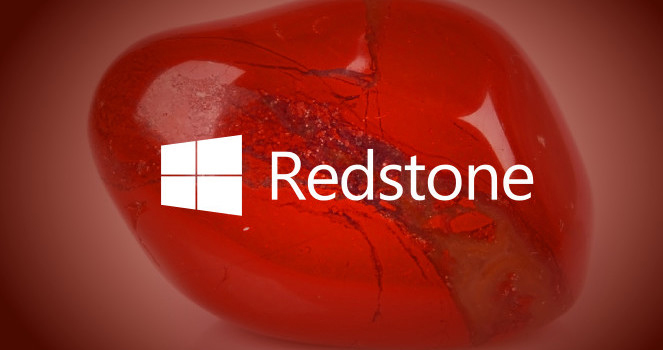Microsoft Windows 10 Redstone Update could take a page from Apple's Continuity
By Summer next year, Microsoft is planning to have its second major update to Windows 10, codenamed “Redstone”. The update will bring a number of substantial changes and improvements to the operating system, geared around Continuum, and improved collaboration and connectivity between Windows 10 devices and Microsoft apps.

By the time Windows 10 reached consumers in July, some features were still in the process of being added or updated.Microsoft described this process as “Windows as a Service”.
Back in April, we talked about Redstone, however details were still scarce on what could be in store for consumers.
As of late, rumors are surfacing, on how Redstone will fit into Microsoft’s plans for Windows 10. The leaked information come from tech site WinBeta, which has been known to be fairly accurate on most predictions and rumors surrounding the Redmond tech giant.
From what we gathered, in concert with existing information, Redstone will be more than a simple cumulative update. In fact, it could be key to Microsoft’s strategy of ensuring that Windows 10 exists, in one form or another, within as many systems as possible.
More specifically, word has it that Redstone could integrate features in Windows 10, that will be very reminiscent of Continuity in Apple’s Mac OS X Yosemite and El Capitan.
For instance, users will be able to place, and receive phone calls, as well as texting, from their desktop devices, and tablets, when a connected Windows 10 Mobile device is available, in a manner similar to Handoff.
Windows 10 apps will also allow users to switch seamlessly from one device to another, and let users pick up where they left off, in the same way they do in Microsoft Office 2016, or in Google Drive.
By this token, the possibilities are open for more improvements as well, particularly when it comes to migrating from one system to another, and the way apps synchronization will work. For instance, it would make perfect sense for apps like People, Calendar or Mail, to use OneDrive, or similar cloud storage, to save settings and information, and automatically synchronize that information upon logging in to another device.
At the moment, the mail app, Calendar, and People, all require to be manually reconfigured whenever Windows 10 is re-installed. By eliminating this extra step, Microsoft Windows 10 could get a step closer to being a seamless, ubiquitous, and device-agnostic operating system.